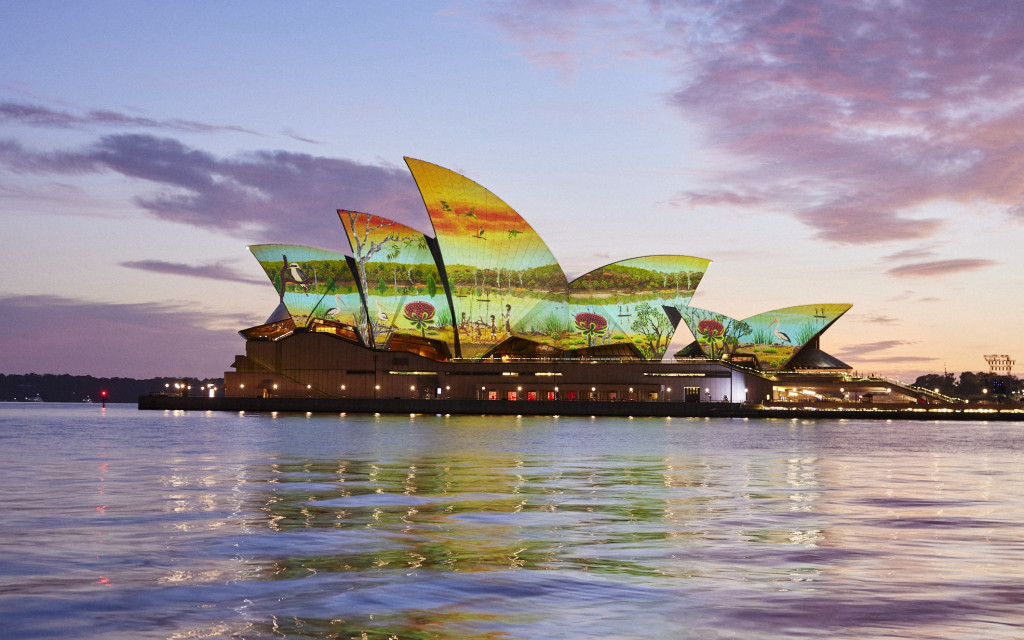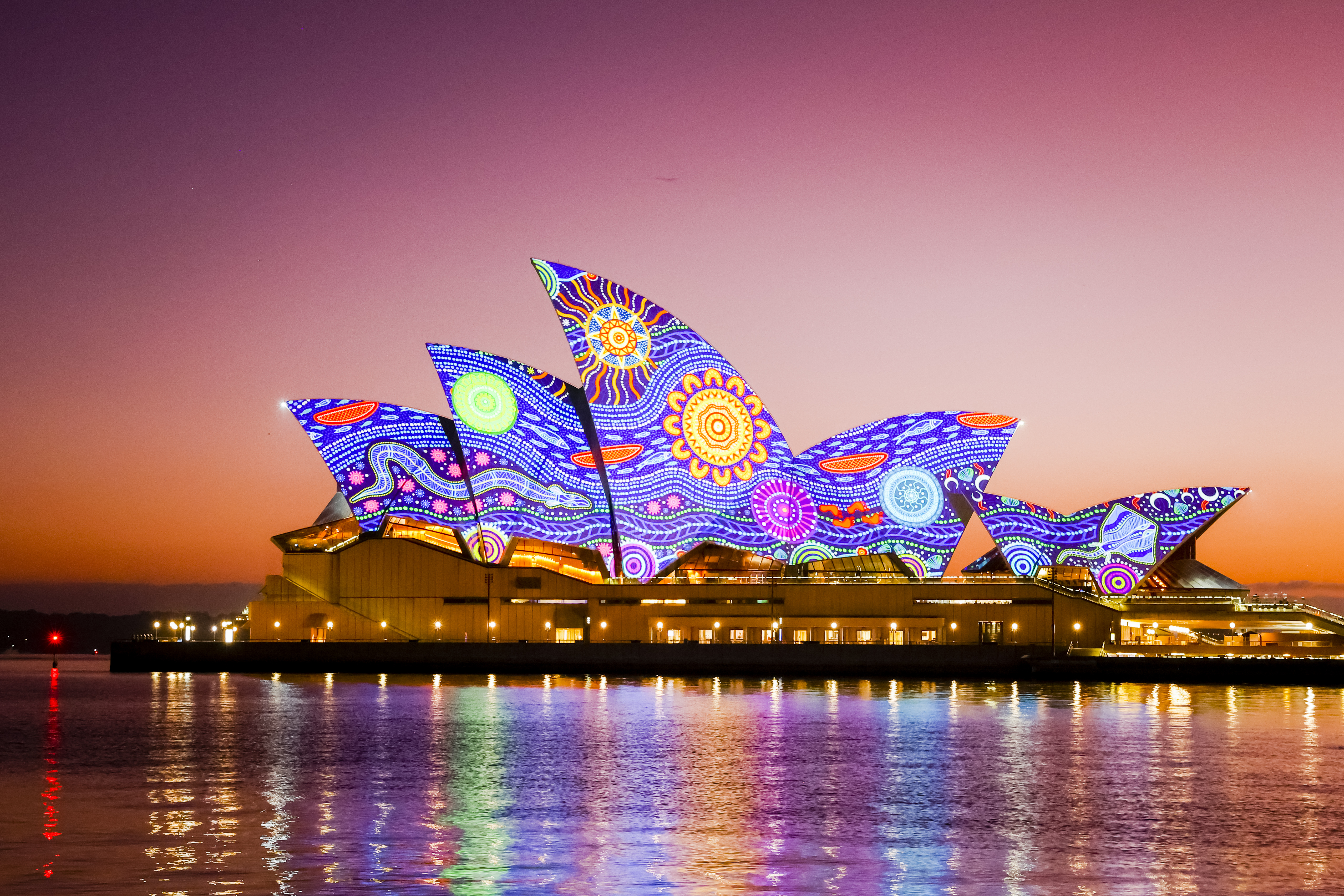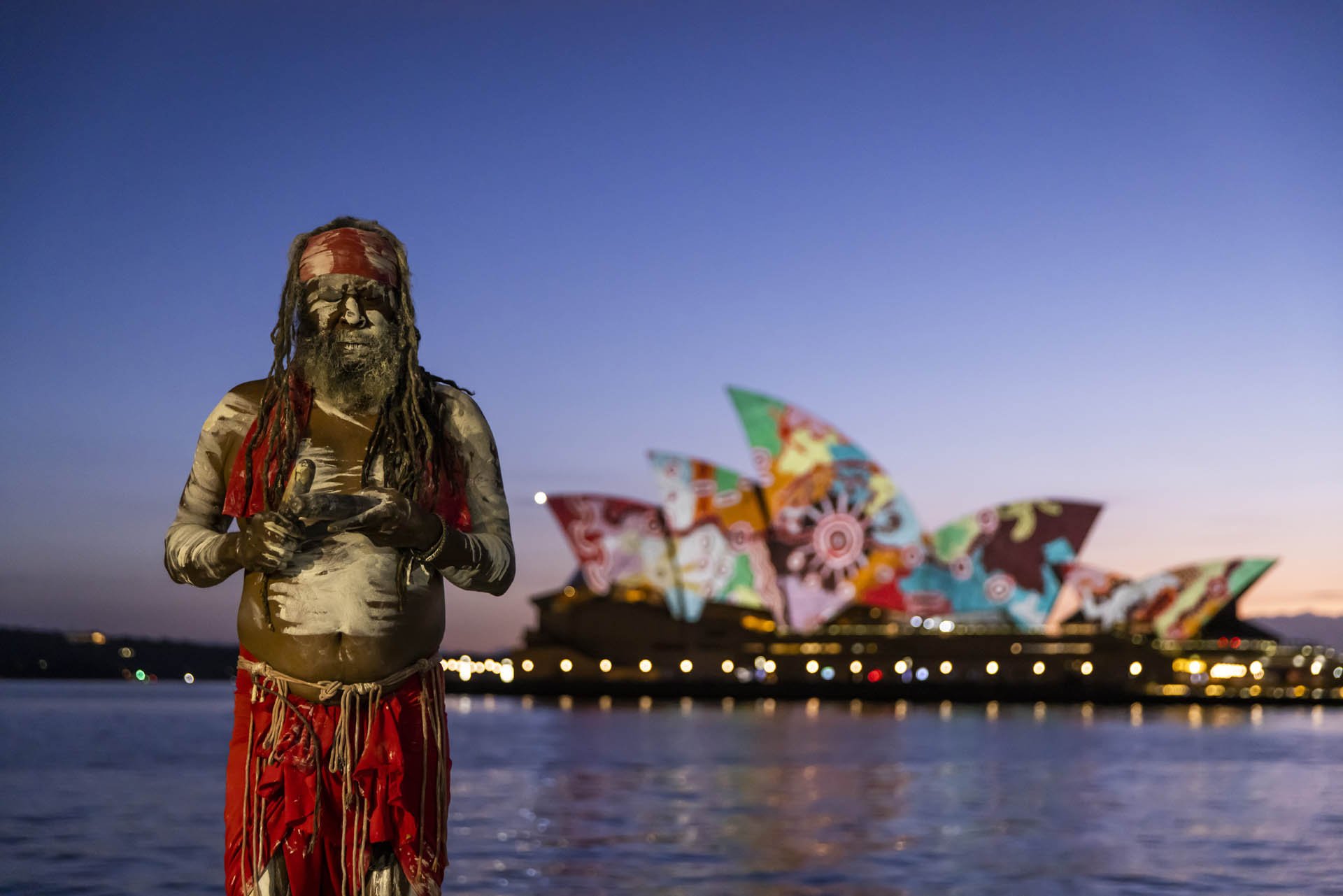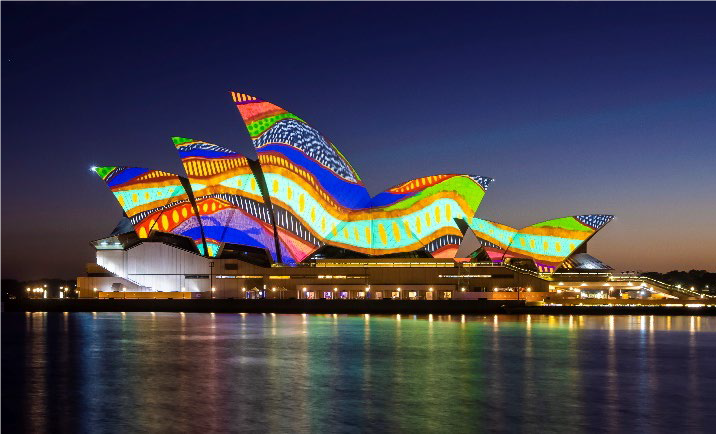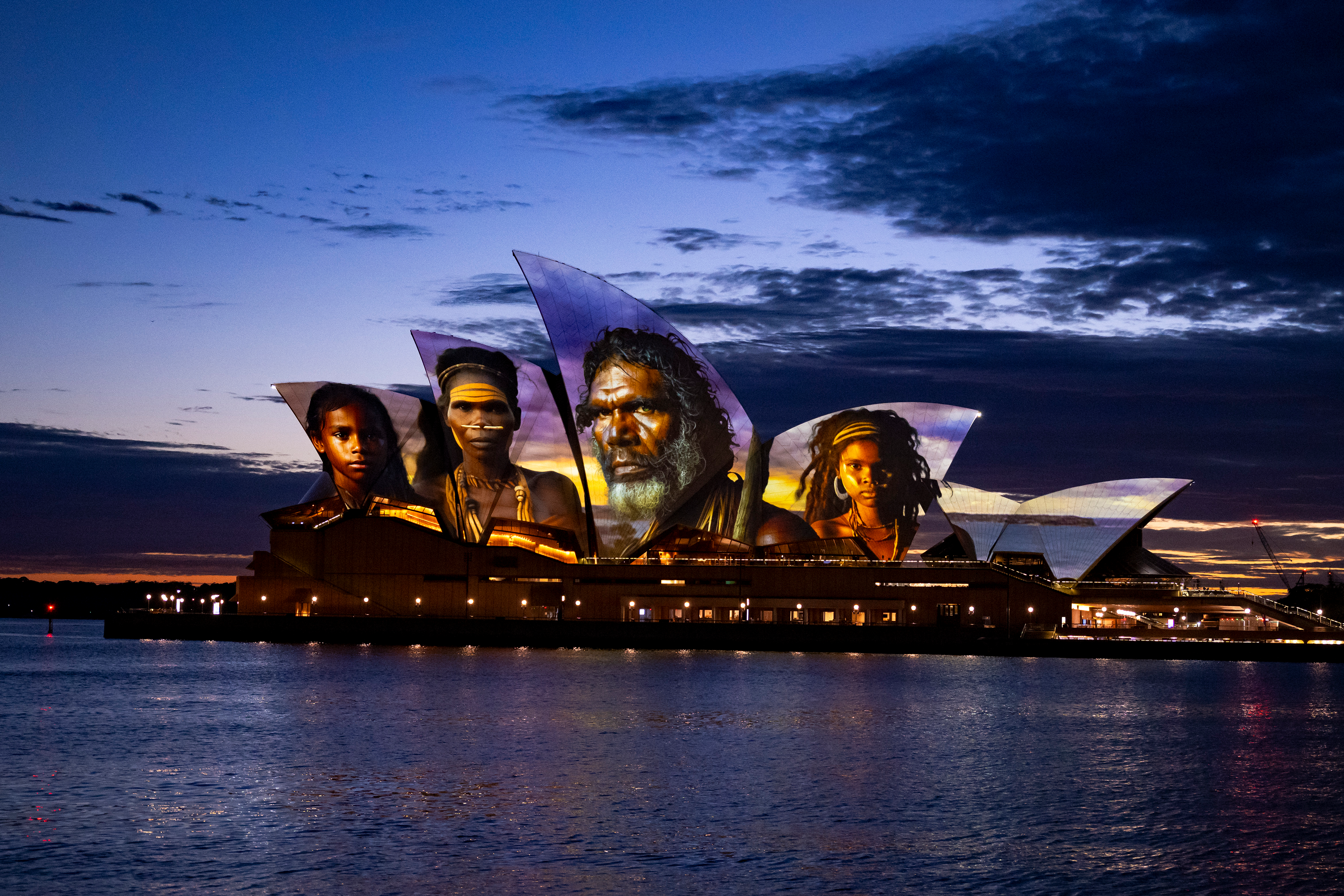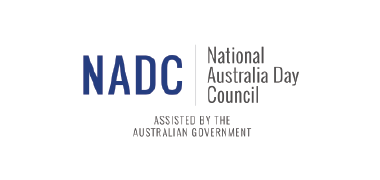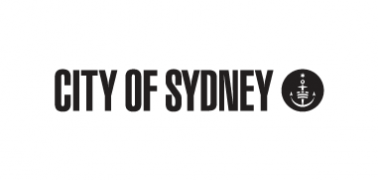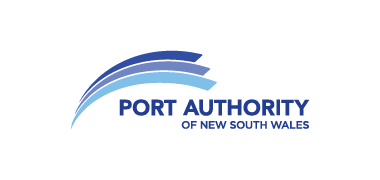When
05:20 AM - 05:40 AM
26 January 2025
Important Information
Accessible
Free access
Share
First Nations at first light
Barabiyanga. In the words of the ancient Eora people, these were the precious moments before the first rays of light painted the shores of our island home.
Dawn Reflection was a quiet time for everyone to recall our country’s unfolding story, told in many voices across countless generations.
In the soft light before sunrise, a beautiful piece of Aboriginal art illuminated the sails of the Sydney Opera House, reflecting in the waters of our timeless harbour.
Dawn Reflection was more than just another sunrise. It was a moment where people drew courage and inspiration from each other and committed to shaping Australia into a place of unity and inclusion for all who call it home.
As the two flags rose in unison at the top of the Sydney Harbour Bridge to salute the dawning of Australia Day, people also rose and greeted the day with respect.
Joined by resilience, mateship, and a sense of community, optimism and unity to the future and the opportunities created together.
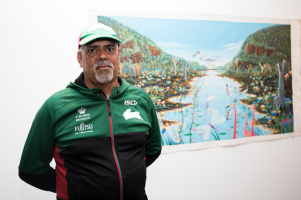
James P. Simon - Credit: Sharon Hickey
2025 Artist - James P. Simon
James P. Simon belongs to the Wiradjuri – Biripi people. James was born in Wellington, near Dubbo NSW and grew up around Newtown and Redfern in Sydney, where he has seen many changes over the last fifty years.
James has painted all his life. In 1987 he was awarded a grant from the Aboriginal Arts Council to support his art. Although he completed a six-month art course, James is largely a self-taught artist who has continued to develop his own distinctive style and who now paints mostly in oils. His favourite artists are Picasso, Tom Roberts, Salvador Dali and Albert Namatjira.
James has an impressive resume which includes an extensive list of group and solo exhibitions, commissions and publications. His work is found in many collections, both in Australia and overseas.
Artist statement: River Life
For Aboriginal people, fishing anywhere on Country, whether it is on the ocean beaches or coastal estuaries or inland rivers and lakes it has always been about more than simply collecting food. We have this connection to water, with spirit, culture, songlines, our dreaming.
Waterways also form tribal boundaries. Waterways are critical to the culture and wellbeing of Aboriginal communities. Water provides food, medicine, tools, kinship, connection, recreation, stories, songlines and healing. It can be deeply spiritual, a chance for people to connect with their ancestors.
Water is seen as a living entity with its own spirit, and it is believed that we have a responsibility to protect and care for it.For our peoples, water is not just a commodity, but a language, a community, and a source of knowledge and law.
Our country encompasses land, water, sea and sky and the connections between them. Cultural flows are essential for Our People to continue their spiritual relationship with Country.

